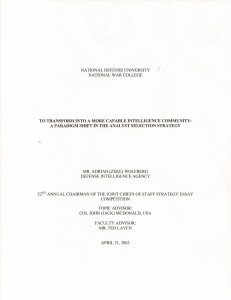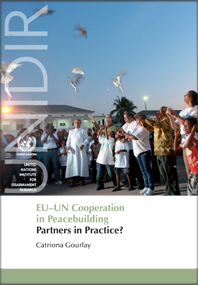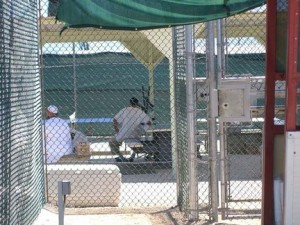
TIP OF THE HAT to Manna
The idea of a new agency for S&R ops was put forward a few months ago by Stuart Bowen, IG for Iraq reconstruction. After reviewing DoD and DoS efforts there, he proposed a US Office for Contingency Operations (USOCO). A whole of government agency to unify command and avoid the situation mentioned above between USAID and SOUTHCOM. Makes too much sense to get very far.
“That proposal may be controversial in some circles — particularly in areas the development community, where there’s concern that USOCO might represent a more cumbersome bureaucratic structure. But Bowen’s idea is attracting some powerful allies, like the widely admired former U.S. ambassador to Iraq, Ryan Crocker. “I do support the concept,” Crocker, the incoming dean of the George Bush School of Government at Texas A&M University, emailed me. “The current situation requires a perpetual reinventing of wheels and a huge amount of effort by those trying to manage contingencies.”
Proposal Circulates on New Civilian-Military Agency
Iraq Reconstruction Inspector General Urges Office to Report to State, Defense
As the United States’ special inspector general for Iraq reconstruction, Stuart Bowen has blown the whistle on millions of dollars worth of waste, fraud and abuse. But one of his final acts in the job will be to address something more fundamental: the way U.S. civilian officials interact with their military counterparts during the complex wars of the future.
Maybe a role for the “fourth battalion.”
USASFC Command Reorganisation By Sean D. Naylor
Meanwhile, the fourth battalion will convert to a special troops battalion. This will include ele¬ments previously in the group support company, such as the Spe¬cial Forces advanced skills compa¬ny, the signals detachment and the regional support detachment. New organizations will be added, including a military intelligence company, an unmanned aerial systems platoon, two human intelligence sections, a signals intelligence section and other ele¬ments, according to a slide brief¬ing Repass provided to Army Times.
Continue reading “Journal: US Office for Contingency Operations”









